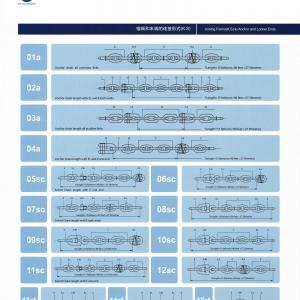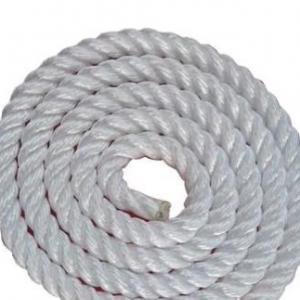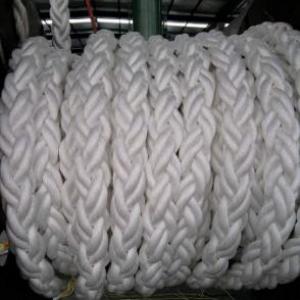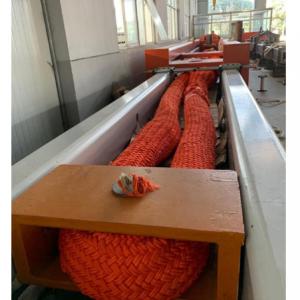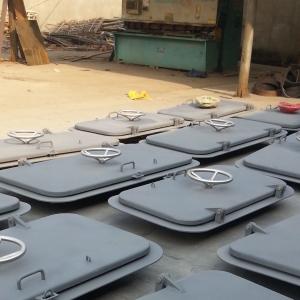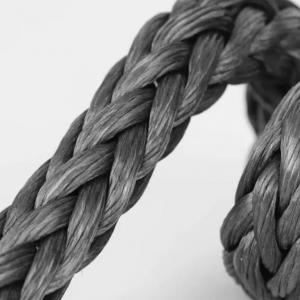Mooring Rope: A Comprehensive Guide for the US Market
Mooring ropes are an essential part of any boater's equipment. They are used to secure boats to docks, buoys, and other boats. Choosing the right mooring rope is critical for safety, and it can be a daunting task with so many options available. In this article, we will explore the different types of mooring ropes available in the US market and provide tips for selecting the best rope for your needs.
Types of Mooring rope
1.Nylon rope - Nylon is a popular material for mooring ropes due to its elasticity, strength, and durability. It is resistant to abrasion, sunlight, and chemicals, making it ideal for long-term use.
2.Polypropylene rope - Polypropylene is a lightweight and affordable option that floats on water. It is less elastic than nylon but still strong enough to withstand the elements. It is ideal for short-term use or as a backup rope.
3.Polyester rope - Polyester is another popular material for mooring ropes due to its high resistance to UV rays and abrasion. It is strong and durable, making it a good choice for long-term use in harsh environments.
4.Natural Fiber Rope - Natural fibers such as hemp and manila are biodegradable and environmentally friendly. They are not as strong as synthetic ropes, but they provide a classic look and feel that many boaters prefer.
Tips for Choosing a Mooring Rope
Determine the appropriate length - The length of the rope you need will depend on the size of your boat, the distance between the boat and the dock, and the water level. The general rule of thumb is to use at least two times the length of the boat for the mooring rope.
Select the right diameter - The diameter of the rope should be based on the weight of your boat. Heavier boats require thicker ropes to ensure safety and security.
Check the breaking strength - The breaking strength of the rope should be at least four times the weight of your boat. This ensures that the rope can withstand the forces of wind, waves, and currents.
Choose the right type of rope - Consider the environment in which you will be using the mooring rope. Nylon and polyester ropes are ideal for harsh environments, while natural fiber ropes are best for calm waters.
Regularly inspect and maintain the rope - Mooring ropes can wear out over time, so it's important to inspect them regularly for signs of damage or wear. Replace any ropes that show signs of fraying, kinking, or other damage.
Conclusion
Mooring ropes are a critical part of any boater's equipment. Choosing the right rope can ensure the safety and security of your boat while it's moored. By considering the type of material, length, diameter, breaking strength, and environment, you can select the best mooring rope for your needs. Regular inspection and maintenance of your mooring ropes will ensure their longevity and reliability, making your boating experience safer and more enjoyable.
